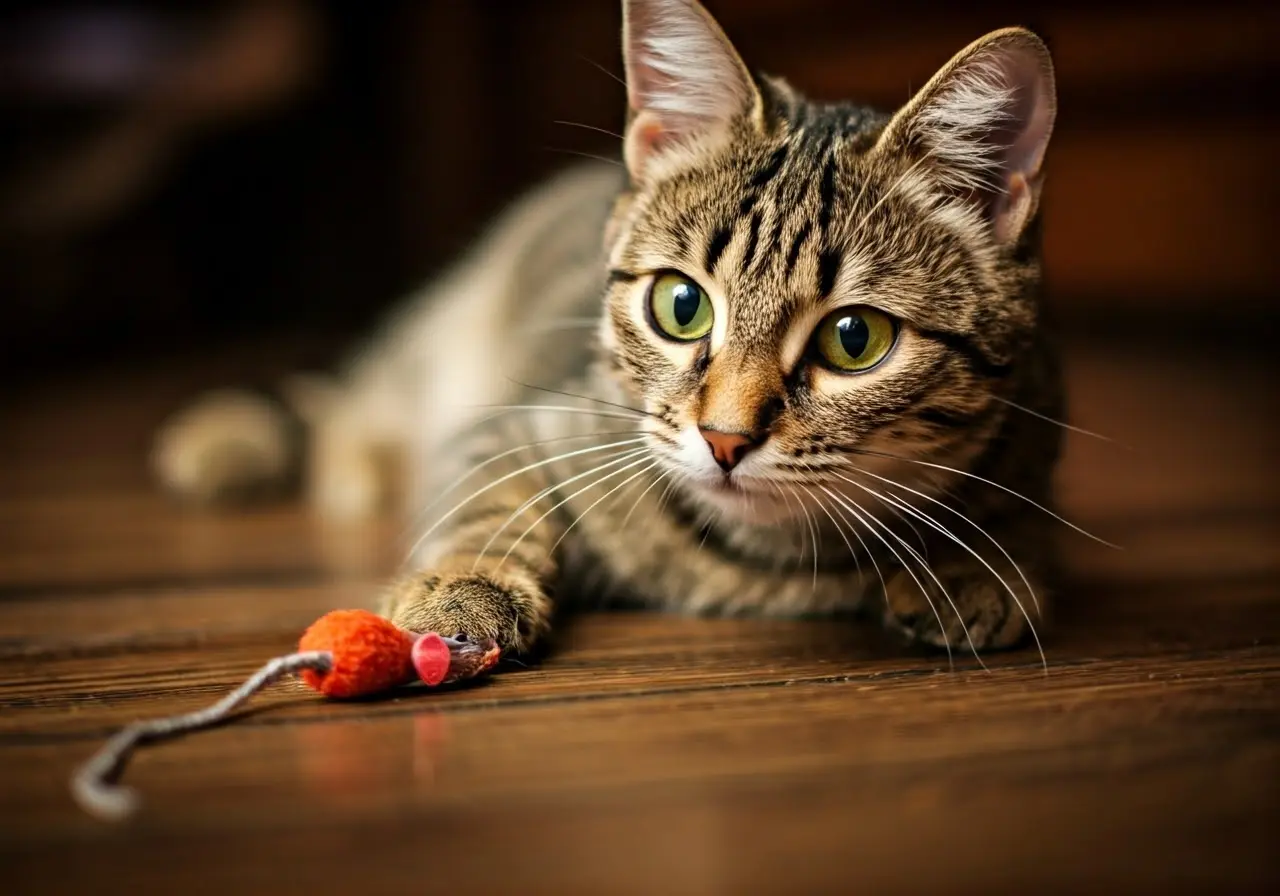Cats are mysterious and fascinating creatures, often leaving their owners puzzled by their quirky behaviors. To help decode the mysteries behind these behaviors, we’ve consulted with experts in feline behavior. In this blog, we’ll explore common cat behaviors and provide insights from the experts that will help you understand your feline friend better.
1. Purring and Its Many Meanings
Purring is one of the most common sounds you’ll hear from a cat, but it’s not always a straightforward indicator of happiness. According to feline behavior expert JoAnna Pendergrass, DVM, purring can occur for many reasons. Cats often purr when they’re content, like when they’re snuggled up on your lap or basking in the sun. However, it’s also a self-soothing mechanism that they might use if they’re anxious, stressed, or even in pain. Kittens also use purring to communicate with their mother, guiding them when they’re nursing. So, the next time your cat purrs, consider the context to better understand what they might be communicating.
Interestingly, some cats purr when they’re injured or unwell, which might come as a surprise to many cat owners. This behavior can be an instinctual response to discomfort, as the vibrations produced during purring can have a calming effect on them. If you notice your cat purring in situations where they’d typically be silent, it might be a good idea to check in with your vet to rule out any potential health issues. Renowned behaviorists affirm that by paying attention to these nuances, you can better assess your cat’s overall well-being and respond more appropriately.
2. Kneading: A Comforting Habit
Kneading, often referred to as ‘making biscuits,’ is an endearing behavior many cats exhibit by pushing their paws in and out against a soft surface. Experts explain that this habit traces back to kittenhood, when kneading helped stimulate the mother’s milk production. Most cats continue this motion into adulthood as a sign of comfort and contentment. According to Dr. Chris Roth, DVM, kneading also serves to mark territory, as the pads of a cat’s paws contain scent glands. So when your kitty kneads your favorite blanket or even your lap, they’re leaving their scent and claiming their territory.
3. Why Cats Love Boxes
The sight of a cat squeezing into a small box is amusing, but it’s rooted in instinct. Small, enclosed spaces provide a sense of security and protection from potential threats. In the wild, hiding in tight spots helps cats evade predators and ambush prey. This behavior translates to domesticated cats who still retain these survival instincts. According to a blog post by the Drake Center for Veterinary Care, cats also use boxes to reduce environmental stress, as the confined space can be soothing and help them feel safe.
Additionally, boxes offer a fantastic playground for cats. The walls can serve as scratching posts, and the enclosed space can be an excellent spot for a nap. Behaviorists also suggest that providing your cat with boxes or similar hiding spots can significantly enrich their environment, offering mental and physical stimulation. So, don’t be surprised when your feline friend chooses a box over a comfy cat bed!
4. The Mystery of Cat Chattering
Ever noticed your cat sitting at a window, staring intently at birds, and making a strange chattering sound? This behavior often occurs when your cat is in ‘hunting mode,’ triggered by spotting prey. According to the Drake Center, chattering can indicate frustration from being unable to catch the prey. Some behaviorists also believe that this rapid jaw movement may mimic the killing bite, showing how deeply ingrained these hunting instincts are in your cat’s brain.
5. Head Butting and Affection
When your cat rubs or bumps its head against you, it’s engaging in a behavior known as bunting. This is your cat’s way of marking you with their scent, which comes from glands located on their head. Behavior experts explain that this action is a strong display of affection and trust. By marking you, your cat is signaling that you’re part of their territory and, in a way, part of their family. It’s one of the most sincere forms of feline affection.
Moreover, head butting can also serve as a communication tool among cats. They often use this gesture to greet each other or seek bonding time. So, the next time your cat nudges you with its head, know that it’s their special way of saying ‘I love you’ and reinforcing the bond you share.
6. Understanding Cat Napping Patterns
Cats are known for their love of sleep, often clocking in around 13-16 hours a day. This behavior makes perfect sense when considering their predatory nature. Cats have evolved to conserve energy for catching prey, much like their wild ancestors. Dr. Chris Roth, DVM notes that their need for sleep is also influenced by their nocturnal habits, picking up more activity during dawn and dusk.
Interestingly, cats might be more active while you’re asleep or waking up at odd hours of the night. This can be both entertaining and, sometimes, inconvenient. To adjust your feline’s sleep cycle to yours, engage them in play and feeding schedules that align closely with your routine. Also, provide cozy and quiet spots for their daytime naps to encourage a restful environment.
7. The Meaning Behind Slow Blinking
One of the most heartwarming behaviors you might notice in your cat is the ‘slow blink.’ This subtle gesture is often termed a ‘kitty kiss’ and signifies love and trust from your feline friend. When your cat looks at you and slowly closes and opens its eyes, it’s their way of communicating that they feel secure and content. According to behavioral studies, returning this slow blink can further reinforce that bond, as it mimics their gentle form of communication.
8. The Fascination with Laser Pointers
Laser pointers are a favorite toy for many cat owners, eliciting frenzied chases and delighted jumps. But why do cats love it so much? The moving light mimics the unpredictable movements of prey, engaging their natural hunting instincts. Behaviorists agree that laser pointer play stimulates both a cat’s physical and mental faculties, providing excellent exercise. However, experts caution that this type of play should always end with your cat catching a tangible object, like a toy, to prevent frustration from an unwinnable chase.

















